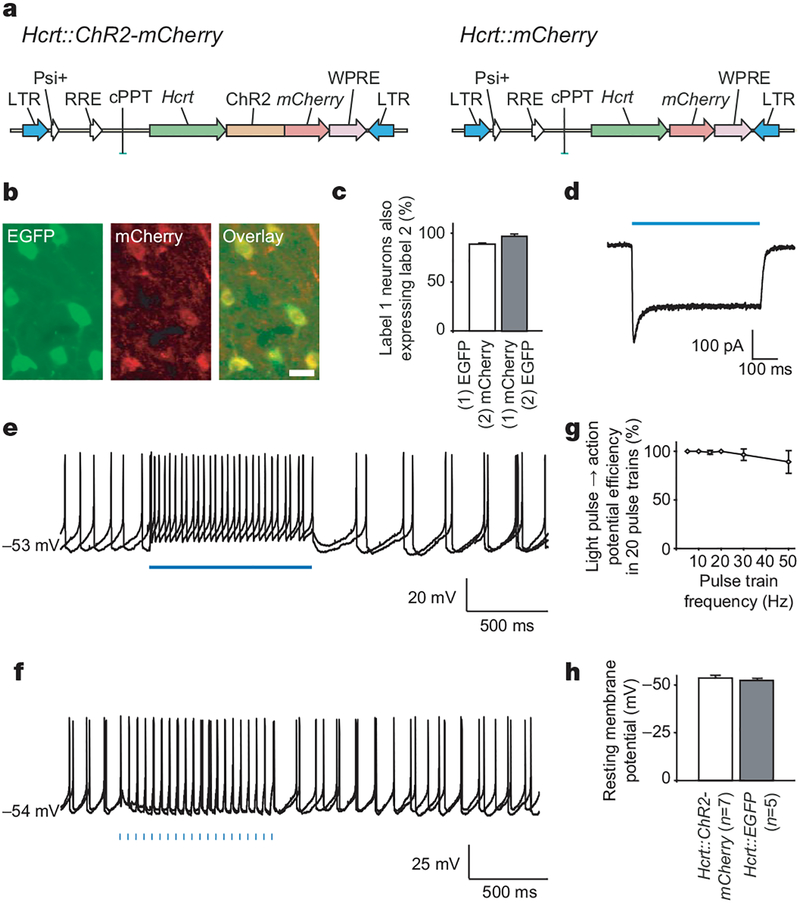Figure 1 |. Genetically targeted cell-type-specific optical control of Hcrt neurons using ChR2.
a, Schematic diagram showing lentiviral vectors carrying the genes for ChR2-mCherry or mCherry driven by the 3.1-kb mouse Hcrt promoter19,20. The lentiviral backbone is derived from pLenti-CaMKIIα-ChR2-mCherry25. LTR, long terminal repeats; RRE, Rev responsive element; WPRE, woodchuck post-transcriptional regulatory element. b, Images of Hcrt neurons (green, Hcrt::EGFP) co-expressing ChR2–mCherry protein (red) in the adult mouse lateral hypothalamus (scale bar, 20 μm). Hcrt and mCherry expression was detected by double-fluorescent immunohistochemistry (see Methods). c, Lentiviral Hcrt::ChR2-mCherry expression is highly specific to the Hcrt::EGFP neurons. d, Hcrt::ChR2-mCherry neurons in the lateral hypothalamus can be electrically controlled with light. Voltage-clamp recording of a neuron expressing ChR2–mCherry in acute lateral hypothalamus slice shows inward photocurrent evoked by illumination with blue light. e, Neurons expressing Hcrt::ChR2-mCherry in acute lateral hypothalamus brain slices under current-clamp conditions fire action potentials on illumination with 1 s of continuous blue light. Two sweeps are superimposed. f, Blue-light pulse trains (15 ms per pulse, 20 Hz) evoked reliable firing of action potential trains. Two consecutive sweeps are superimposed, showing temporal precision of evoked action potential trains even in the presence of basal spontaneous activity (spontaneous activity in Hcrt neurons in vitro is expected, as previously reported29). Fifteen-millisecond light pulses are indicated by blue bars. g, Light-evoked spike trains are reliable over a range of frequencies. The percentage of action potentials evoked by 20 light pulses at the indicated frequency (15–50 Hz) is shown (n = 6). h, Comparison between the resting membrane potential of ChR2–mCherry/EGFP double-positive (n = 7) and EGFP-only (n = 5) neurons; ChR2–mCherry expression does not significantly alter basal electrical properties of the Hcrt neurons. Error bars, s.e.m.

